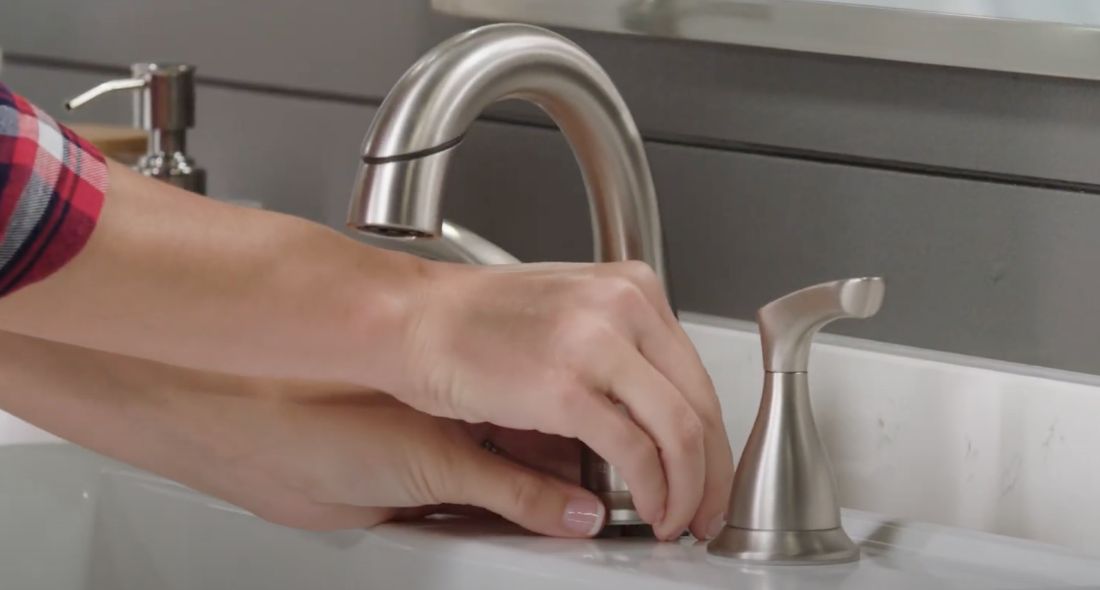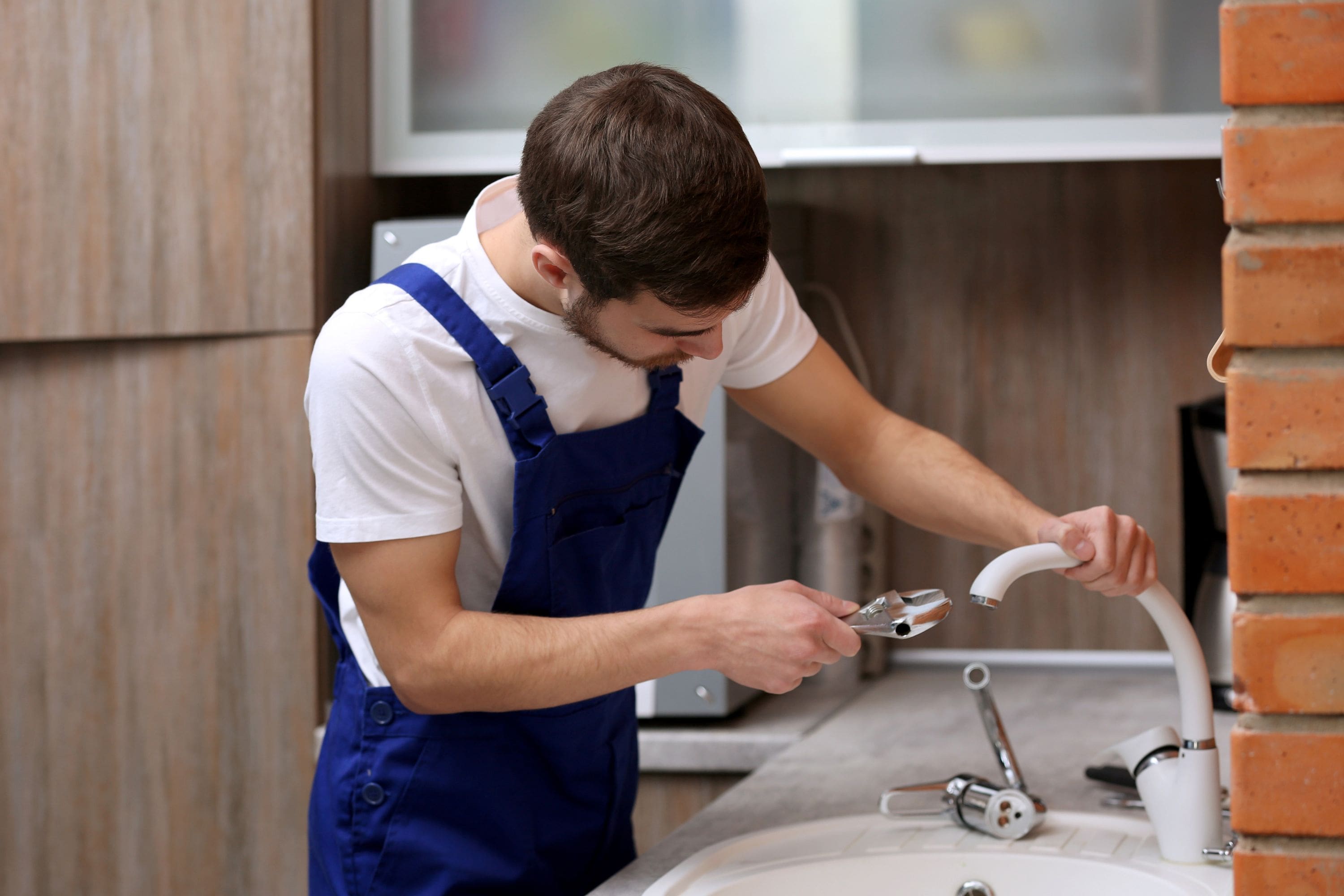Why It's Needed to Deal with a Leaking Faucet
Why It's Needed to Deal with a Leaking Faucet
Blog Article
The content listed below on the subject of How to Fix a Dripping or Leaky Faucet is exceptionally insightful. Give it a try and draw your own ideas.

Trickling faucets may seem like a minor inconvenience, but their impact surpasses simply the aggravation of the audio. From drainage to sustaining unnecessary financial costs and wellness dangers, disregarding a dripping tap can cause different consequences. In this short article, we'll look into why it's vital to address this usual home concern without delay and successfully.
Wastage of Water
Ecological Impact
Leaking faucets add considerably to water waste. According to the Epa (EPA), a solitary faucet trickling at one drip per second can squander greater than 3,000 gallons of water each year. This not only stress water resources however likewise influences ecosystems and wildlife based on them.
Financial Expenses
Boosted Water Bills
Beyond the ecological effect, leaking faucets can inflate water costs considerably. The collected wastefulness with time equates right into greater utility expenses, which could have been avoided with timely repair services.
Possible Property Damages
In addition, long term leaking can lead to harm to fixtures and surfaces surrounding the tap. Water build-up can create discoloration, corrosion, and even architectural issues if left unattended, causing additional repair expenses.
Health Worries
Mold and Mold Growth
The continuous visibility of moisture from a leaking tap creates an excellent environment for mold and mold development. These fungis not only compromise indoor air quality however likewise posture wellness risks, particularly for individuals with breathing conditions or allergic reactions.
Waterborne Illness
Stagnant water in trickling taps can come to be a breeding place for microorganisms and various other microorganisms, boosting the danger of waterborne diseases. Contaminants such as Legionella microorganisms grow in stationary water, possibly resulting in serious illnesses when consumed or inhaled.
DIY vs. Specialist Repair service
Advantages and disadvantages of DIY Fixing
While some might attempt to deal with a leaking tap themselves, DIY fixings include their very own set of difficulties. Without proper understanding and devices, DIY efforts can intensify the concern or lead to incomplete fixings, prolonging the problem.
Benefits of Working With a Specialist Plumber
Hiring an expert plumber ensures that the underlying cause of the leaking faucet is attended to effectively. Plumbing technicians have the knowledge and tools to identify and fix faucet problems effectively, saving time and minimizing the risk of additional damages.
Step-by-Step Overview to Fixing a Dripping Faucet
Tools Needed
Before attempting to take care of a leaking tap, collect the necessary devices, consisting of a flexible wrench, screwdrivers, substitute components (such as washers or cartridges), and plumber's tape.
Usual Tap Issues and Their Solutions
Determine the type of faucet and the details concern triggering the drip. Typical problems include damaged washers, corroded shutoff seats, or malfunctioning O-rings. Describe producer instructions or on-line tutorials for step-by-step guidance on fixings.
Preventive Measures
Routine Upkeep Tips
To avoid trickling faucets, execute routine upkeep such as cleansing aerators, examining for leakages, and changing worn-out components promptly. Furthermore, think about mounting water-saving devices or upgrading to extra efficient fixtures.
Value of Prompt Services
Dealing with leaking taps as quickly as they're noticed avoids additional water waste and potential damage, inevitably saving both water and money in the future.
Influence On Home Value
Understanding of Well-Maintained Building
Maintaining a home in good condition, including attending to maintenance issues like dripping taps, boosts its viewed worth and value among potential buyers or lessees.
Influence on Resale Value
Residences with well-maintained plumbing fixtures, including taps, command higher resale worths in the realty market. Dealing with dripping faucets can add to a positive impact during residential or commercial property inspections and settlements.
Ecological Responsibility
Private Payment to Conservation
Taking obligation for repairing trickling taps aligns with wider initiatives towards water preservation and environmental sustainability. Every individual's actions jointly make a substantial influence on protecting valuable resources.
Lasting Living Practices
By prioritizing punctual fixings and embracing water-saving practices, individuals add to sustainable living practices that profit both present and future generations.
Conclusion
Resolving a leaking faucet exceeds simple convenience; it's a crucial step towards saving water, reducing monetary prices, and protecting wellness and home. Whether via DIY repair services or professional support, doing something about it to fix trickling faucets is a little yet impactful method to advertise responsible stewardship of resources and contribute to a much healthier, extra lasting future.
How to Fix a Leaky Faucet: Step-by-Step Repair Guide
A leaky faucet may seem like a simple annoyance, but if it's not fixed promptly, that leak could cost hundreds to potentially thousands. From water damage to mold, mildew, and high water bills, even a tiny leak can be catastrophic if left unattended. Damage like this can even affect the overall value of your home, so it's important to take the right approach for leaky faucet repair. You may need the help of a plumber in some cases, but we've got a few tips you can try on how to fix a leaky faucet before calling the pros.
Four Faucet Types
When you're learning how to fix a leaky faucet, the first step is knowing what kind of faucet you're working with! There are four common types.
Cartridge Faucets
Cartridge faucets come in one- or two-handled varieties. In one-handled cartridge faucets, hot and cold water combines in a single cartridge. In the two-handled versions, hot and cold water are controlled separately and mixed in the faucet.
Ball Faucets
Ball faucets have a single lever you push up and down to adjust the pressure and rotate to change the temperature. A slotted metal ball controls the amount of water allowed into the spout.
Compression Washer Faucets
They're the oldest type of faucet, but they're still used in many homes — especially older ones. Compression faucets have two separate handles that, when turned, raise or lower the washer that seals a water valve. This valve stops water from flowing through the faucet when it is turned off.
Disc Faucets
Disc faucets rarely need to be repaired due to their maintenance-free design. The water flow is controlled by two discs — the upper one raises and lowers against a fixed lower disc, creating a watertight seal. If your disc faucet starts leaking, you may need to replace the seals or clean residue buildup from the inlets.
Fixing a Leaky Faucet
Step 1: Turn Off the Water
Whether you're learning how to fix a leaky bathtub faucet or how to fix a leaky kitchen faucet, always turn off the water supply to your working area when you're fixing a leak. The last thing you want is a flood added to your list of things to fix.
Look for the shutoff valves below your sink or around the tub and turn them clockwise to stop the water flow. If your faucet doesn't have shutoff valves, you may need to turn off the water for the whole house. Check to make sure it's off by turning the faucet on. If nothing comes out, you're ready to start the repair.
Step 2: Take Apart the Faucet
How you disassemble your faucet depends on the type of fixture you have. You can use a flathead screwdriver to remove the caps on top of the handle or handles for cartridge and compression faucets. Inside, you should see handle screws. Unscrew these with a screwdriver to remove the handle.
Disc- and ball-style faucets will typically have an inlet screw near the handle, and removing that will reveal the interior of the faucet.
Detach the Valve Stem
For cartridge- and compression-style faucets, you'll see the inner valve stem or cartridge once you remove the faucet handles. If you have a compression faucet, unscrew the brass valve stem. If you have a cartridge faucet, pull out the cartridge. If your cartridge has been in place for a while, it may require some tools or extra force to remove it due to mineral deposits.
Examine and Replace Parts
Once you've removed the parts, check them out to confirm what needs to be replaced. You may see corroded rubber washers, O-rings, stems, or cartridges. On a ball-style faucet, check the seats and springs for damage.
If you need to repair a leaky disc faucet, check the inlet and seals on the lower disc.
Once you determine what parts must be replaced, visit your local hardware store. Bring the damaged parts with you to ensure you can purchase the correct components to replace them.
Clean Valves and Faucet Cavity
If you've removed a stem or cartridge, you may notice mineral buildup in the faucet's threads. Use white vinegar to clean the valve seat by soaking it for a few minutes, then scrub it away with a soft toothbrush and rinse with warm water. You can also clean the interior of the faucet in the same way.
Reassemble the Faucet
Once your faucet is cleaned and the required parts have been replaced, it's time to reassemble it. Put the pieces back together and slowly turn the water supply back on. Doing this slowly is crucial because too much initial water pressure can damage the new hardware you've just installed.
https://homewarranty.firstam.com/blog/how-to-fix-leaky-faucet

Do you enjoy more info about Why Is It Important To Fix Your Leaking Tap/Faucet?? Try to leave a remark further down. We'd be happy to know your insights about this piece. Hoping to see you back again later on. Sharing is caring. You just don't know, you could be helping someone out. Kudos for your time. Kindly come by our blog back soon.
Report this page